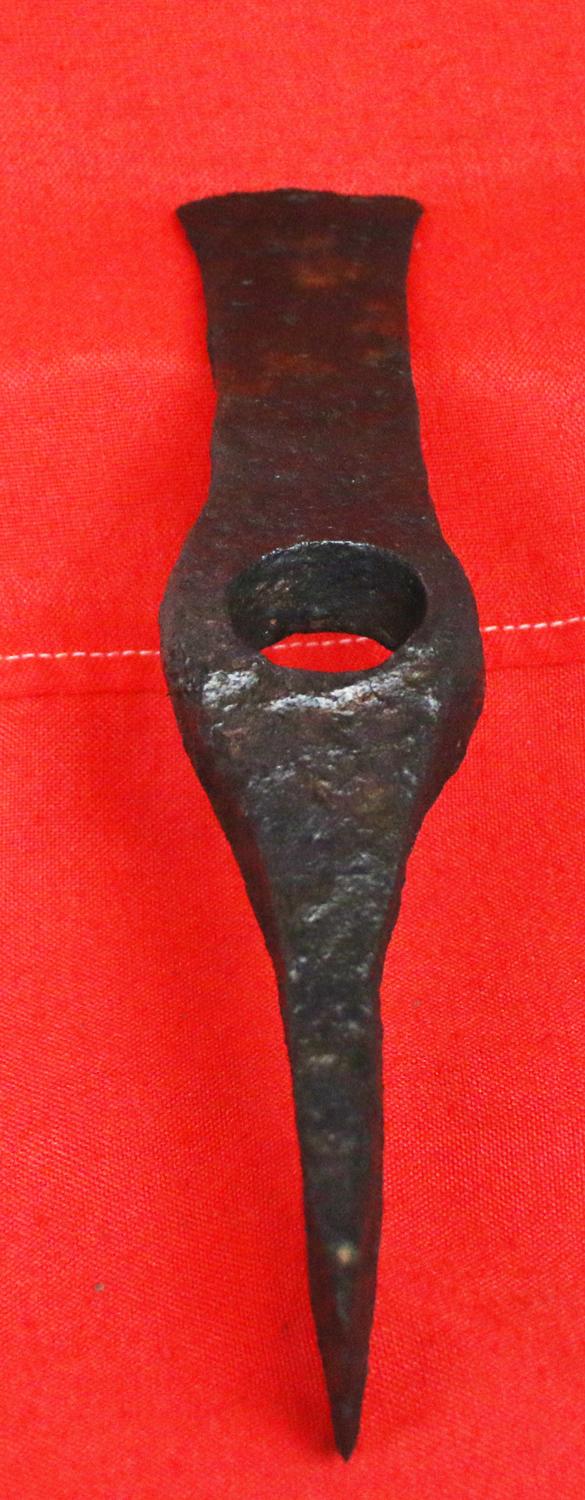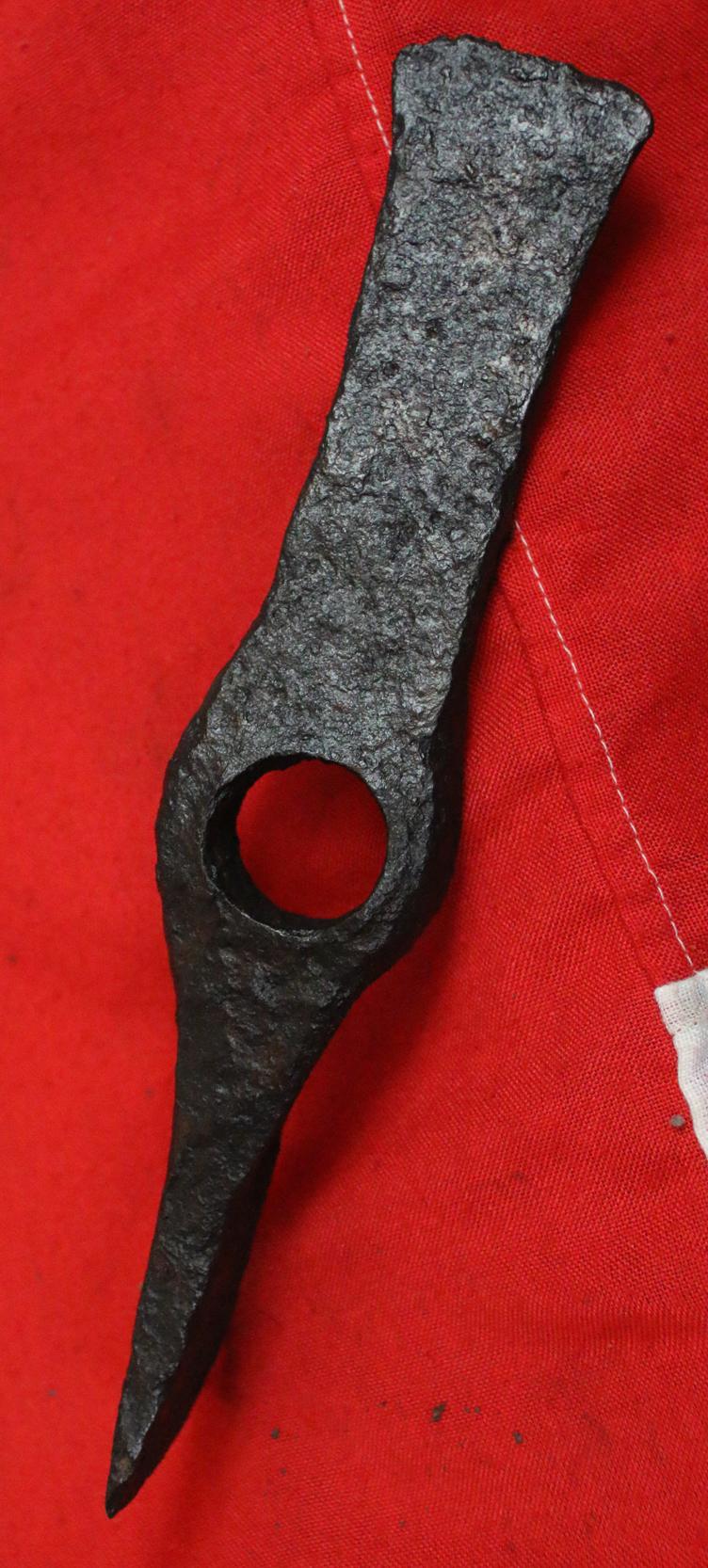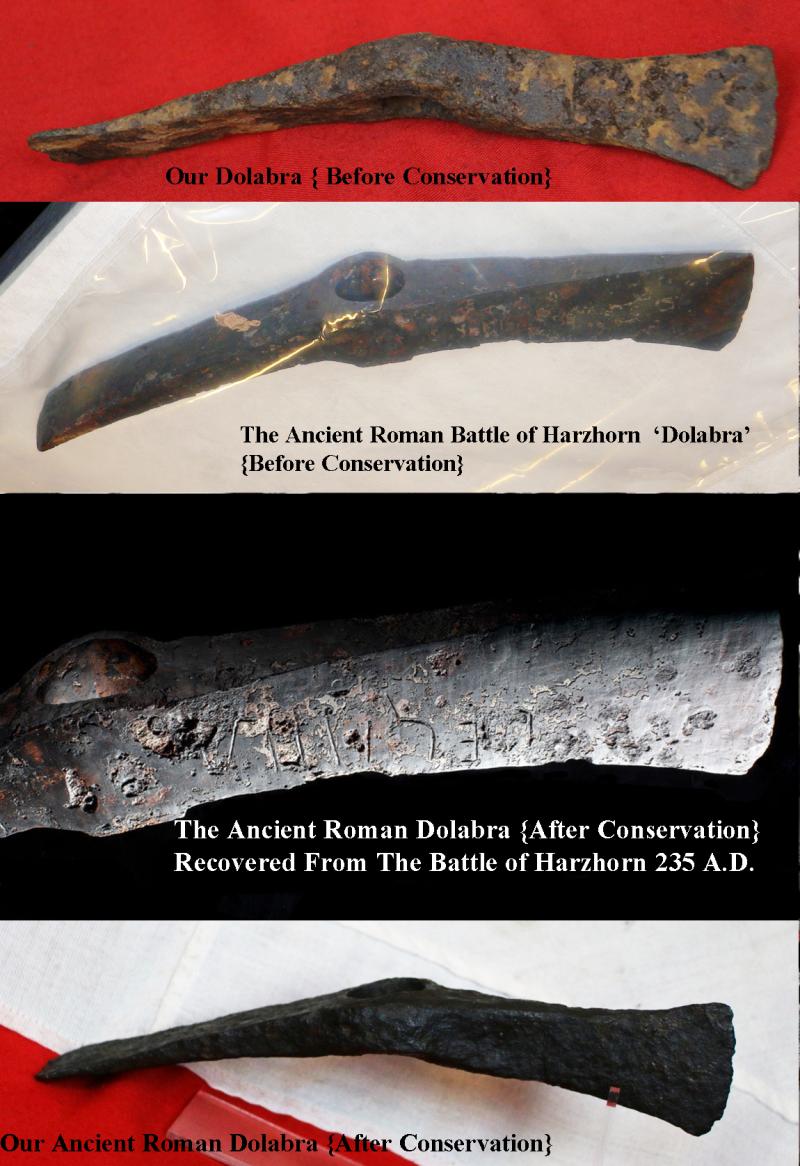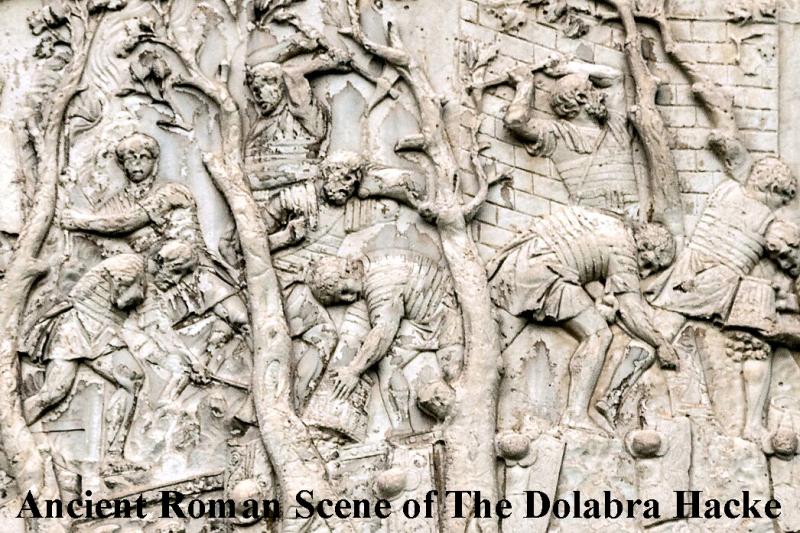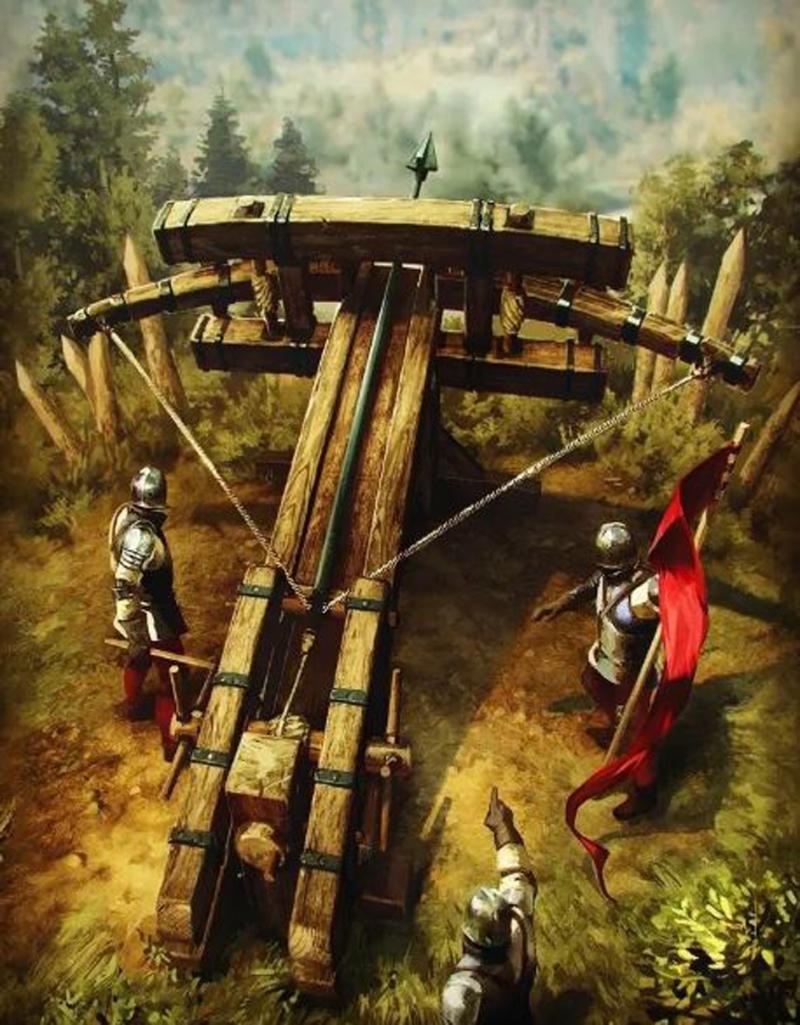3rd Century Roman Axe-Adze 'Dolabra' Roman Empire to Byzantine Period For The Construction of Military Forts & Bridges, To The Making of Seige Weapons, Such as Catapulta and Ballista In Times Of Combat Used From the 3rd to 14th Century. A Tool & Weapon
In complete condition, without repair and restoration, The form used by Rome for over a 1000 years. Just arrived after two weeks of hand conservation in our workshop.
Ancient Roman utility axe used from the construction of military forts and bridges, to the making of seige weapons in time of combat, and it doubled as an incredibly effective combat weapon. Almost identical to another iron dolabra recovered recently from the Harzhorn event, from the time of Emperor Maximinus Thrax 235 to 236 ad .{see photo in the gallery.}
The Roman Battle of Harzhorn ;
The battle between Roman legionaries and auxiliary troops and Germanic tribes around 235 AD on the western edge of the Harz Mountain.
The axe was a fundamental weapon of the Roman to Byzantine soldiers - both on foot and on horseback. Aside from combat, one of the main utility tools of the Roman army was the axe. The adze axe was useful in splitting wood and a fundamental tool needed to do everything from constructing military forts, to building large siege weapons such as catapulta and ballista. In times of war, these axes doubled as highly effective weapons, able to defeat armour, breaking bones and crushing skulls with a single blow. This specific adze axe 'dolabra' was found on an ancient battlefield with a large number of other iron weapons, over a century ago, indicating its final use was in combat. It has now been professionally cleaned and conserved by us recently..
This item was used by the Imperial Roman army and its type by the Byzantine Roman armies defending the Empire's northern border along the Danube River in the present day East Balkans. This region was the northern-most boundary of the Roman Empire for most of its duration and evolution into Byzantium right up until 1336 AD when the area fell under Ottoman rule. In the Balkans, Roman camps and fortresses along the Danube were constantly being challenged by opposing tribes and armies. The river served as a natural barrier against attacks from the north. Collected from a region that was once occupied by the Byzantine Roman military as they fought against the challengers of the Christian Roman Empire, they were utilized by Roman soldiers in one of the many violent and frequent battles that took place in defense of Byzantium.
The dolabra is a versatile axe, of two main types, used by the people of Italy since ancient times. The more curved and longer dolabra could serve as a pickaxe, used by miners and excavators, a priest's implement for ritual religious slaughtering of animals and as an entrenching tool (mattock) and further used in Roman infantry tactics. The shorter less curved regular dolabra (like this one) was used for both construction and combat In the 1st century CE, at the Siege of Augustodunum Haeduorum, where famously, armoured Gallic gladiators were defeated by legionaries wielding such dolabrae. See depictions carved into Trajans column in the gallery for their use in combat.
The Siege of Augustodunum Haeduorum (modern Autun, France) took place between 269 and 270 AD, during the reign of the Gallic Emperor Victorinus. The city, which had declared allegiance to Claudius Gothicus, was besieged by Victorinus' troops for seven months before being captured and plundered.
Early Roman Dolabra.
General Gnaeus Domitius Corbulo famously once said, "you defeat the enemy with a pickaxe"
We show in the gallery a recently excavated near pair to our dolabra found in the famous Harzhorn Event. Not only is it a near identical pair to ours, it was in the identical condition state as ours before both were conserved. See the photo of theirs and ours side by side in the gallery before and after conservation. Note the state of corruption of our iron dolabra {before connservation} is absolutely identical to the state of iron corruption of the Battle of Harzhorn recovered dolabra, before conservation, that had remained buried for around 1800 years, just as was ours.
The term Harzhorn event refers to several connected battles that took place between several thousand Roman legionaries and their auxiliary troops and an unknown number of Germanic tribes around the year 235/236 on the western edge of the Harz Mountains on the Harzhorn hill and represent a comparatively late example of the military presence of the Romans in Germania .
The archaeological sites are located near the Kalefeld district of Wiershausen on the northern edge of the Northeim district of Lower Saxony and initially covered an area of 2.0 × 0.5 kilometers (as of April 2009). At the end of 2010, another extensive site was discovered approximately three kilometers away. Both sites are considered by the scientists commissioned to investigate them to be spectacular discoveries of extraordinary scientific importance: Along with the Kalkriese region, they are the best-preserved ancient battlefield in Europe. This offers a unique opportunity to examine the archaeological remains of a Roman army engaged in combat.
To date, around 1,700 artifacts from the fighting have been found (as of summer 2013). Along with the Roman camp at Hedemünden , the Bentumersiel site , the Roman marching camp at Wilkenburg, and the Kalkriese region, the sites around the Harzhorn are one of the largest sites of Roman militaria in northern Germany. This find is also significant because of its context in the historical events at the beginning of the so-called Imperial Crisis of the 3rd century . Previously, historical research had considered such wide-ranging military operations by the Romans to be impossible at this time and in this area. According to current evidence, it is almost certain that the battle belongs in the context of the Germanic Wars of Emperor Maximinus Thrax in 235 and 236.
Dolabrae are mentioned several times in ancient literature, are depicted on the reliefs of Trajan's Column and appear in the finds of imperial military camps, but also in battlefield finds such as in Kalkriese.
11 inches long 2.1 pounds in weight.
Code: 25810
950.00 GBP


